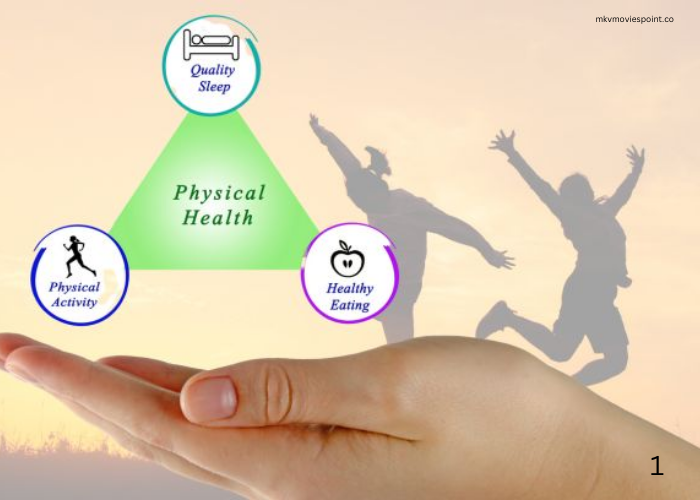In the fast-paced world we live in today, achieving and maintaining optimal physical well-being is more crucial than ever. The benefits extend beyond looking good; a strong and healthy body can enhance your energy levels, improve mental clarity, and boost your overall quality of life. But how can you unlock the secrets to a healthier, happier you? Here are the key pillars of optimal physical well-being and how to embrace them.
1. Nutrition: Fuel Your Body Right
The foundation of physical health starts with what you put into your body. A balanced diet rich in whole foods, such as fruits, vegetables, lean proteins, and whole grains, provides the nutrients necessary for energy and repair.
- Hydration is Key: Aim to drink at least 8 glasses of water daily to keep your body functioning optimally. Dehydration can lead to fatigue, headaches, and poor concentration.
- Mindful Eating: Avoid overeating by paying attention to portion sizes and savoring your meals. Practice listening to your body’s hunger and fullness cues.
2. Regular Exercise: Move Your Way to Health
Physical activity is essential for maintaining a strong and resilient body. It’s not just about hitting the gym; find activities you enjoy to make movement a sustainable habit.
- Cardio for Heart Health: Activities like walking, cycling, or dancing strengthen your heart and lungs.
- Strength Training: Build and maintain muscle mass with weightlifting or bodyweight exercises.
- Flexibility and Balance: Incorporate yoga or stretching to enhance mobility and reduce the risk of injury.
Aim for at least 150 minutes of moderate aerobic activity or 75 minutes of vigorous activity per week, along with muscle-strengthening exercises twice a week.
3. Quality Sleep: Rest and Recharge
Sleep is a vital component of physical well-being. During sleep, your body repairs tissues, builds muscle, and consolidates memories.
- Establish a Routine: Go to bed and wake up at the same time daily to regulate your internal clock.
- Create a Sleep-Friendly Environment: Keep your bedroom dark, quiet, and cool. Limit screen time before bed to improve sleep quality.
- Prioritize Duration: Adults should aim for 7-9 hours of sleep per night.
4. Stress Management: Calm Your Mind
Chronic stress can take a toll on your physical health. Learning to manage stress effectively is a cornerstone of well-being.
- Practice Relaxation Techniques: Meditation, deep breathing, and mindfulness can reduce stress levels.
- Stay Active: Physical activity can act as a natural stress reliever.
- Connect with Others: Build and maintain a supportive social network to share your thoughts and feelings.
5. Preventive Care: Stay Ahead of Health Issues
Prevention is always better than cure. Regular check-ups and screenings can help you catch potential health issues early.
- Monitor Your Health: Keep track of vital metrics like blood pressure, cholesterol, and body weight.
- Vaccinations and Screenings: Stay up to date with recommended vaccinations and routine health tests.
- Listen to Your Body: Pay attention to signs and symptoms and consult a healthcare provider when necessary.
6. Mind-Body Connection: Holistic Health
Optimal physical well-being isn’t just about your body—it’s also about your mind. Cultivate habits that nurture both.
- Stay Positive: A healthy mindset can significantly impact your physical health. Practice gratitude and maintain a positive outlook.
- Engage in Hobbies: Activities you love can reduce stress and boost happiness.
Conclusion
Achieving optimal physical well-being is a journey, not a destination. By focusing on nutrition, exercise, sleep, stress management, preventive care, and the mind-body connection, you can take meaningful steps toward a healthier and more fulfilling life. Start small, stay consistent, and celebrate your progress along the way. Your body will thank you for it.

